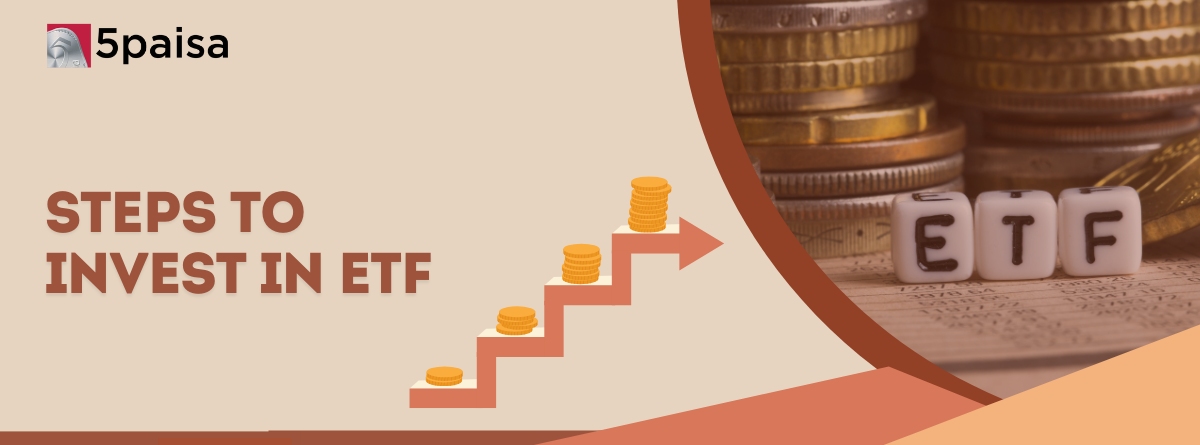Content
- What is an ETF?
- Steps to Invest in ETFs Using a Demat Account
- Benefits of Investing in ETFs
- Types of ETFs
- Dividends and Taxes
- Dividends from ETFs
- How Much Money Do You Need to Be Able to Invest in ETFs?
- Conclusion
What is an ETF?
An Exchange-Traded Fund (ETF) is an investment fund traded on stock exchanges, similar to individual stocks. It holds a collection of securities like stocks, bonds, or commodities, aiming to replicate a specific index or sector's performance. ETFs combine diversification with the flexibility of real-time trading.
More Articles to Explore
- Difference between NSDL and CDSL
- Lowest brokerage charges in India for online trading
- How to find your demat account number using PAN card
- What are bonus shares and how do they work?
- How to transfer shares from one demat account to another?
- What is BO ID?
- Open demat account without a PAN card - a complete guide
- What are DP charges?
- What is DP ID in a demat account
- How to transfer money from demat account to bank account
Disclaimer: Investment in securities market are subject to market risks, read all the related documents carefully before investing. For detailed disclaimer please Click here.




